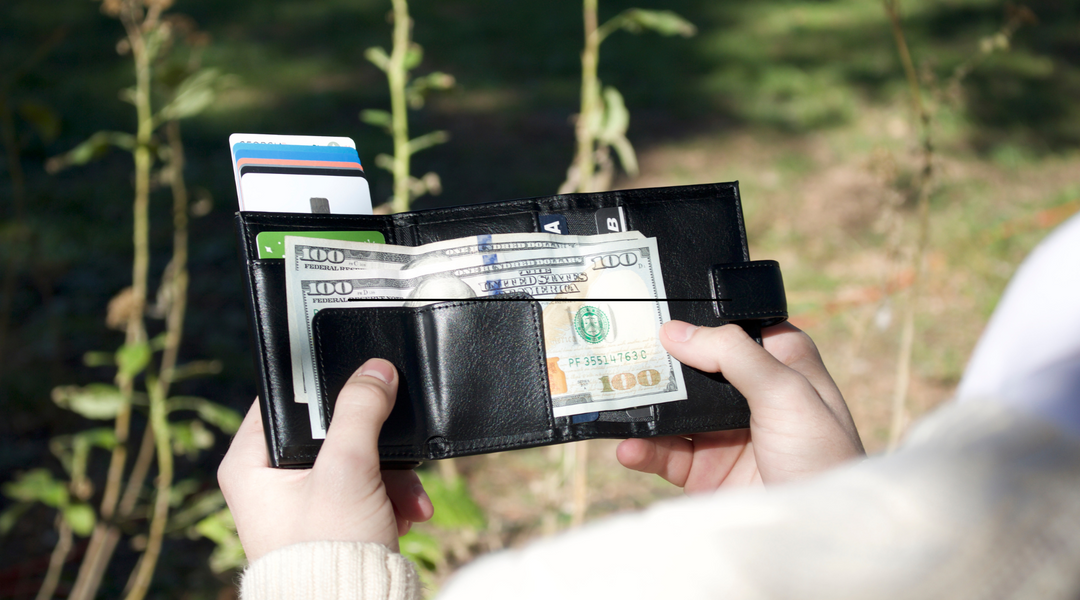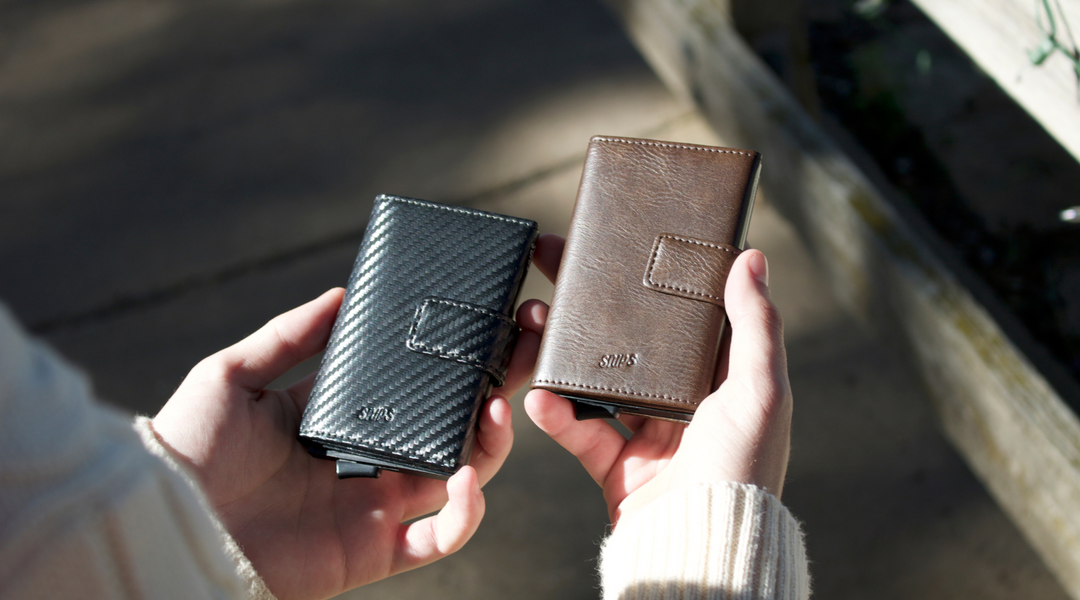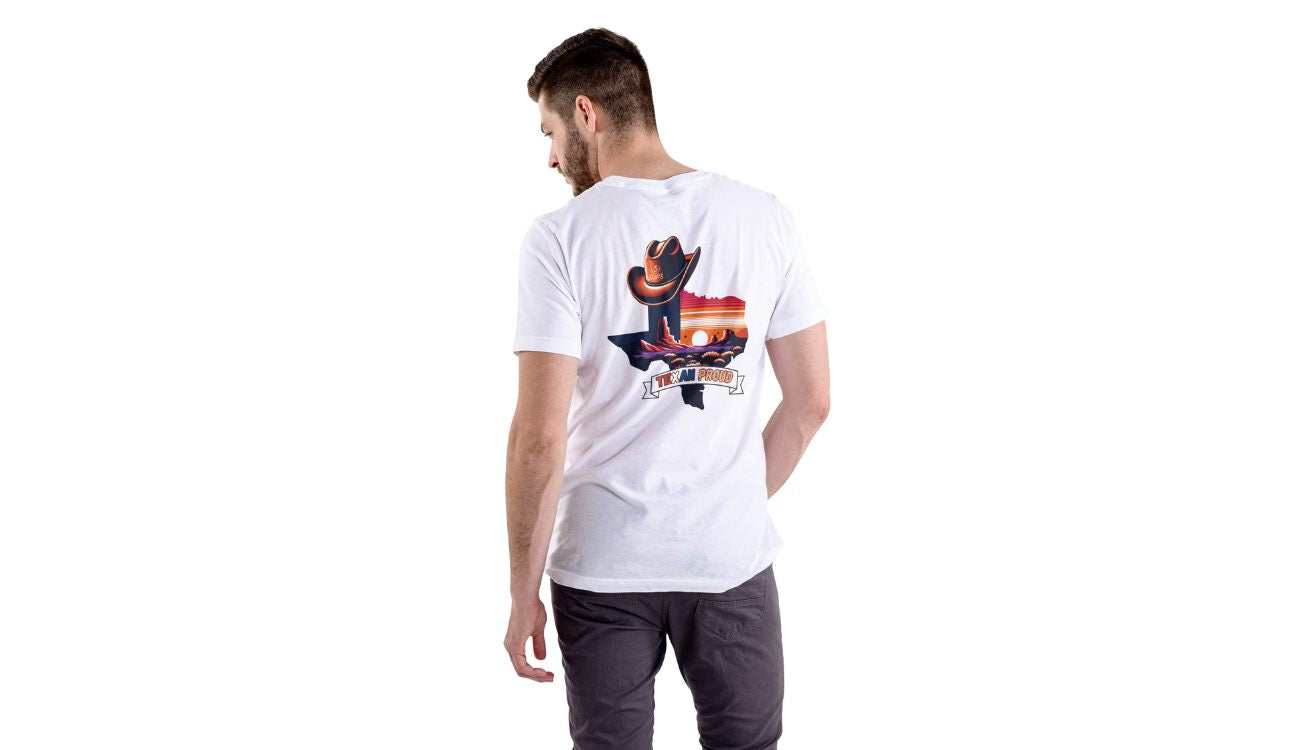The Downside of Slim Wallets: Why Thinner Isn't Always Better

In the quest for minimalism and sleek design, the humble wallet has undergone a significant transformation. Gone are the days of bulky, leather-bound billfolds that could barely fit into a back pocket. Today's trend champions the slim wallet – a symbol of efficiency, minimalism, and modern aesthetics. But as we pare down to the bare essentials, are we losing out on more than just extra pocket space? Let's delve into why the evolution towards slimmer wallets might not be as beneficial as it appears at first glance.
The Allure of Minimalism
The slim wallet trend is rooted in the minimalist movement, which emphasizes simplicity and the elimination of excess. On the surface, this philosophy makes sense. Why carry more than you need? A slim wallet forces us to prioritize, carrying only what is essential. This can be liberating, reducing clutter and focusing on what truly matters.
However, this pursuit of minimalism through slimmer wallets brings with it a host of challenges and considerations that might not meet the needs and lifestyles of every individual.
Compromised Functionality
One of the most significant drawbacks of slim wallets is compromised functionality. Traditional wallets, with their multiple compartments and slots, allow for a comprehensive organization of cash, cards, IDs, and even small keepsakes. Slim wallets, in their essence, force a reduction in what can be carried. This limitation can be impractical for those who need more than a few cards and a bit of cash on hand. Important receipts, loyalty cards, or emergency cash are often the casualties of downsizing, leaving individuals potentially unprepared for various situations.
Durability Concerns
In many cases, the materials used to achieve these ultra-slim designs are not as robust as those in traditional wallets. Leather, known for its durability and aging beauty, is often replaced by synthetic materials to minimize bulk and maximize slimness. While innovative, these materials can wear out more quickly, leading to a shorter lifespan for the wallet and, paradoxically, increased consumption as wallets need to be replaced more frequently.
The Psychological Impact of Over-Minimization
There's also a psychological dimension to consider. The act of paring down to fit everything into a slim wallet can induce stress, making individuals question what's truly essential. This constant evaluation of necessity versus desire can lead to a minimalist dilemma, where the joy of having 'just enough' battles with the anxiety of not having 'just in case.'
Security Risks
Slim wallets are often marketed with RFID-blocking technology to protect against digital theft. However, the focus on slimness can also mean sacrificing physical security. Easier to lose and less noticeable if missing, the slim wallet's discreet nature can be a double-edged sword. Additionally, the reduced capacity might encourage carrying the wallet in less secure pockets or bags, further increasing the risk of loss or theft.
A One-Size-Fits-All Problem
The slim wallet trend assumes a one-size-fits-all solution to carrying personal items. However, individual needs vary widely. For some, a digital wallet on their smartphone suffices; for others, a traditional wallet filled with various cards, cash, and personal mementos is non-negotiable. The slim wallet's limitations do not account for this diversity, pushing a narrative that may not fit everyone's lifestyle or preferences.
Conclusion: Finding Your Perfect Fit
In the end, the choice of wallet – slim or otherwise – should be dictated by personal needs, lifestyle, and preference, rather than by prevailing trends. While the minimalist allure of a slim wallet is undeniable, it's essential to weigh its benefits against its drawbacks. The best wallet for you is one that serves your needs efficiently, withstands the rigors of daily use, and perhaps most importantly, feels right in your pocket.
FAQs:
-
Can slim wallets carry coins?
- Most slim wallets are designed primarily for cards and notes, making coin carrying challenging. However, some models have small compartments or pouches for a limited number of coins.
-
Are all slim wallets made from synthetic materials?
- Not all. Some slim wallets are made from thin leather or other natural materials, offering a balance between slimness and the classic appeal of leather.
-
How can I transition to a slim wallet without feeling like I’m missing out?
- Start by evaluating what you genuinely use daily. Gradually reduce the contents of your current wallet over a week or two before making the switch. This process can help minimize the feeling of loss.
Remember, the evolution of wallets towards slimmer designs is not inherently wrong; it's simply not a one-size-fits-all solution. Whether you embrace the minimalist trend or stick with a traditional style, the right wallet is the one that fits your life flawlessly.









